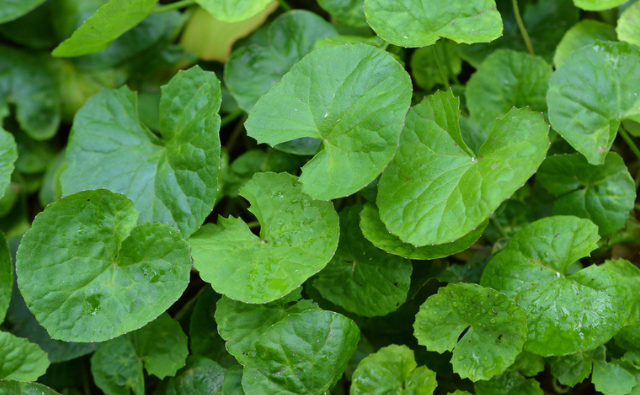Company News, PR, Food & Nutrition, Pharmaceutical
The Benefits of Centella asiatica Series Igredients in Skin Care

Company News, PR, Food & Nutrition, Pharmaceutical

Centella asiatica (cica) is a reputed herb, is known for its hydrating, anti-inflammatory, barrier strengthening, soothing and antioxidant properties. It is composed of four major actives responsible for the plant’s healing properties: Asiaticoside, Madecassoside, Madecassic acide, and Asiatic acid.
| Ingredient Information | |
| Substance Name: | Asiaticoside |
| Synonyms: | Dermatologico, Emdecassol, Centelase, Asiaticosid |
| CAS: | 16830-15-2 |
| EINECS: | 240-851-7 |
| Molecular Formula: | C48H78O19 |
| Click to product page | |
| Asiaticoside is one of the most pharmaceutically active components of Centella asiatica. A powerful antioxidant, asiaticoside promotes wound healing, collagen formation, and skin elasticity; its benefits have led to its prevalent use in products targeting aging signs and skin laxity. asiaticoside can help heal and protect your skin from damage. As an antioxidant, it provides free-radical protection and reduces UV-induced hyperpigmentation.Meanwhile, its anti-inflammatory benefits can help calm the irritation from oxidative stress and promote skin healing. | |
| Ingredient Information | |
| Substance Name: | Madecassoside |
| Synonyms: | Asiaticoside A, Redermic |
| CAS: | 34540-22-2 |
| EINECS: | 252-076-1 |
| Molecular Formula: | C48H78O20 |
| Click to product page | |
Madecassoside, also classed as a triterpenine, stimulates production of type III collagen. While asiaticoside handles the wound-healing side of things, madecassoside separates itself from the pack with its anti-inflammatory properties, making it a popular ingredient for acne-prone skin. In studies, madecassoside has demonstrated skin healing as well as anti-aging properties in skin. It’s thought that it works in several ways including:
Madecassoside has demonstrated some benefit in the treatment of psoriasis, most likely due to its anti-inflammatory properties. |
|
| Ingredient Information | |
| Substance Name: | Madecassic Acid |
| Synonyms: | Brahmic acid |
| CAS: | 18449-41-7 |
| EINECS: | 606-031-1 |
| Molecular Formula: | C48H78O20 |
| Click to product page | |
| Madecassic acid is a naturally occurring pentacyclic triterpenoid that is found mainly in the traditional medicinal herb Centella asiatica, also known as gotu kola. Research has found that madecassic acid can assist wound healing by stimulating collagen production. Collagen is the main structural protein found abundantly in the skin’s extracellular space, as well as many other parts of the body. It is what gives our skin strength and durability. In addition to assisting wound healing, increased collagen levels can help to reduce signs of aging, such as fine lines and wrinkles. Thus, madecassic acid can be found in anti-aging skin care products. | |
| Ingredient Information | |
| Substance Name: | Asiatic Acid |
| Synonyms: | Asiantic acid, Dammarolic acid |
| CAS: | 464-92-6 |
| EINECS: | 482-720-9 |
| Molecular Formula: | C30H48O5 |
| Click to product page | |
| Asiatic acid is a compound isolated from Centella asiatica (cica). Among the compounds of Centella asiatica, asiatic acid make up the most important biologically active components. More precisely, asiatic acid is a naturally-derived pentacyclic triterpenoid that has a huge contribution to the well-established protecting, renewing, and wound healing abilities of Centella asiatica.In other words, asiatic acid is a life-changer for anyone experiencing irritations, redness, itchiness, or aging marks.
Asiatic acid skin benefits revolve around calming rough, irritated skin, softening wrinkles, as well as shielding the barrier, and enhancing collagen production. The theory behind the effects of asiatic acid is mainly connected to its strong anti-inflammatory, healing, and antioxidant activities. |
|
Feature image courtesy of Mayu Shaun Winterton via forestryimages